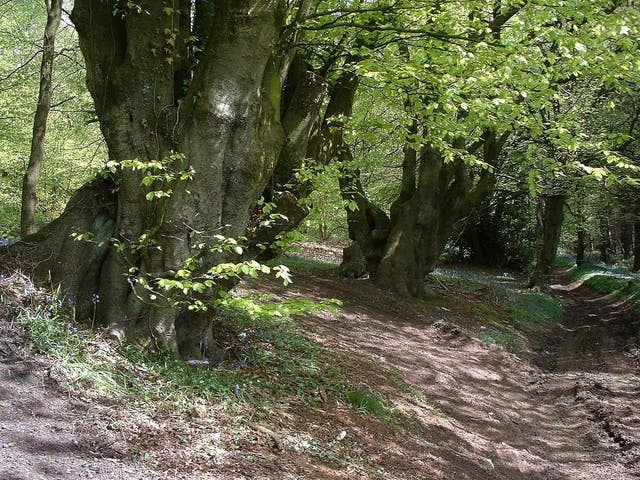Almost a fifth of Europe’s wood-dependent beetles are at risk of extinction as a result of ongoing losses of large old trees, conservationists have warned.
Saproxylic beetles depend on dead and decaying wood for at least a part of their life cycle and are important for recycling nutrients, as a food source for birds and mammals – and some are even involved in pollination.
A study by the International Union for Conservation of Nature (IUCN) of how almost 700 species of the beetles were doing in Europe, including the UK, found 18% of them are at risk of extinction.
Because they are reliant on dead and dying wood, the main driver of their declines is the loss of trees.

Loss of ancient and veteran trees, degraded landscapes that do not encourage tree growth and indiscriminate felling for spurious health and safety reasons all contribute to a loss of habitat for saproxylic beetles, the IUCN said.
But some progress has been made in the forestry sector – and the importance of deadwood is being increasingly acknowledged in some countries, the conservation group said.
Other threats to the beetles include urbanisation, tourist development and an increase in frequency and intensity of wildfires in the Mediterranean, it said.
The new European Red List of Saproxylic Beetles report found that 18% of the beetles in Europe and 22% in the EU were threatened with extinction.

Across the whole continent, five species were critically endangered, 51 were endangered and 37 vulnerable to extinction, with more than half of the species at risk found only in Europe.
Jane Smart, director of the IUCN global species programme, said: “Some beetle species require old trees that need hundreds of years to grow, so conservation efforts need to focus on long-term strategies to protect old trees across different landscapes in Europe, to ensure that the vital ecosystem services provided by these beetles continue.”
